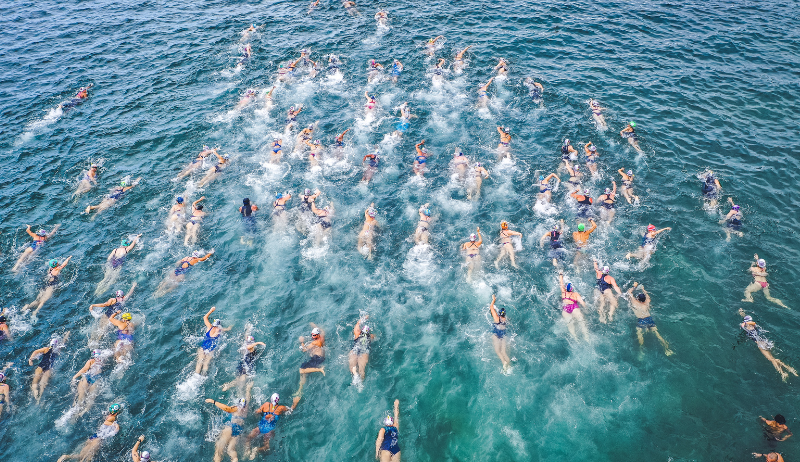Indonesia Premium Yellowfin Tuna: Why Global Chefs Are Racing to Secure This Ocean Gold
January 12, 2025

Indonesia Premium Yellowfin Tuna: Why Global Chefs Are Racing to Secure This Ocean Gold
In the predawn darkness off Indonesia eastern waters, local fishermen are already hauling in what has become the most coveted catch in high-end kitchens worldwide: premium yellowfin tuna. But this is not just any tuna – it is what celebrity chef Gordon Ramsay has dubbed "the wagyu of the sea," and it is sparking a global culinary gold rush.
"I have never seen anything like this in my 20 years of sourcing seafood," says Michel Laurent, executive chef at three-Michelin-starred Le Poisson in Paris. "The marbling, the depth of flavor – it is simply extraordinary. We are now booking our supply six months in advance just to guarantee we get it."
The Secret Behind the "Wagyu of the Sea"
What makes Indonesian yellowfin tuna so special? The answer lies in a perfect storm of natural conditions. The convergence of the Pacific and Indian Oceans creates nutrient-rich waters around Indonesia 17,000 islands. These waters, combined with specific breeding grounds and migration patterns, result in tuna with exceptionally high fat content and a distinct umami flavor profile that driving chefs wild.
Local fisherman Pak Wiranto, who has been fishing these waters for three generations, explains: "Our ancestors always knew our tuna was special. The fish here swim harder against the strong currents, developing more intramuscular fat. Now the whole world is discovering what we have always known."
The Global Restaurant Revolution
The demand has exploded so rapidly that top restaurants are literally changing their business models. Renowned sushi master Takashi Kimura of Tokyo exclusive Sushi Shin has done something unprecedented: dedicated an entire omakase menu to Indonesian yellowfin.
"In Japan, we have always prized our local tuna," Kimura admits. "But what is coming from Indonesia is different – it is forcing us to rethink everything we thought we knew about tuna."
Sustainability Meets Luxury
Perhaps the most surprising aspect of this culinary phenomenon is its sustainability. Unlike the controversial bluefin tuna industry, Indonesian yellowfin is primarily caught using traditional, small-scale fishing methods that have minimal environmental impact.
Marine biologist Dr. Sarah Chen notes: "What is remarkable is that this premium product is actually helping preserve traditional fishing practices and marine ecosystems. It is a rare win-win situation in the seafood industry."
The New Culinary Arms Race
The competition for this premium tuna has become so fierce that some restaurants are establishing direct partnerships with Indonesian fishing villages, complete with profit-sharing agreements and educational programs.
"We are not just buying fish anymore," explains Thomas Schmidt, procurement director for a major European restaurant group. "We are investing in communities, in sustainable practices, in the future of premium seafood."
The Price of Gold
With top-grade Indonesian yellowfin now commanding prices up to 200% higher than conventional tuna, some might question if it is worth the hype. But as three-star Michelin chef David Chang puts it: "Once you have tasted it, there is no going back. It is not just about the flavor – it is about being part of a revolution in how we think about premium seafood."
As Indonesian yellowfin continues its meteoric rise in the culinary world, one thing is clear: this is more than just another food trend. It is a phenomenon that is redefining luxury seafood and challenging long-held assumptions about where the world best tuna comes from.
The race for Indonesia ocean gold shows no signs of slowing down. The only question is: who will secure the next prized catch?

 English
English Chinese
Chinese